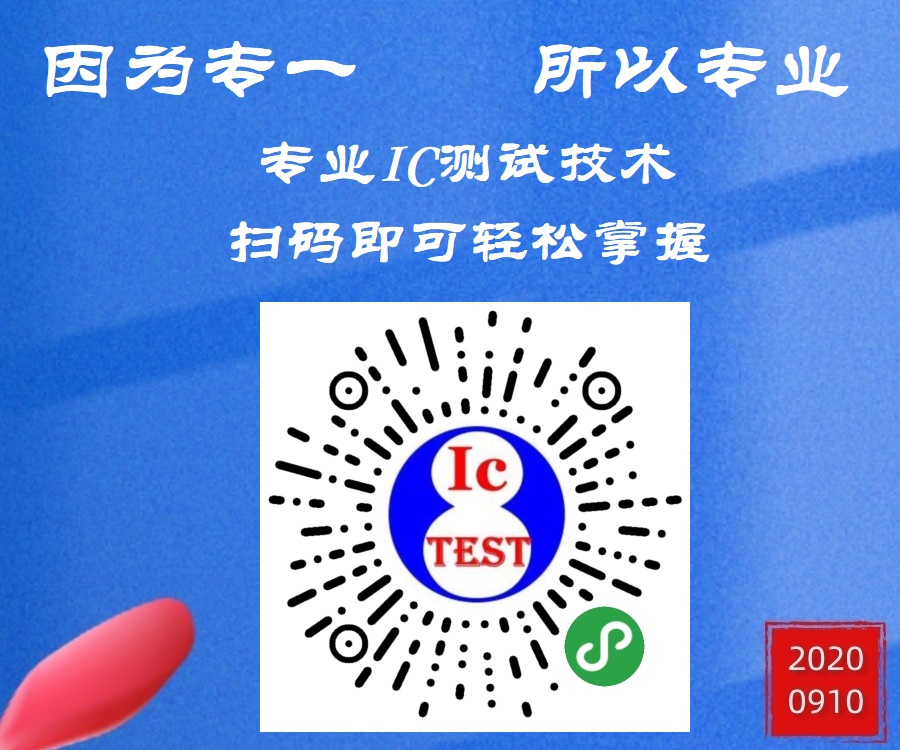函数指针是一种非常强大的编程工具,它可以让我们以更加灵活的方式编写程序。在本文中,我们将介绍 6 个函数指针的高级应用场景,并贴出相应的代码案例和解释。回调函数回调函数是指在某个事件发生时被调用的函数。通常,回调函数是在某个库函数或框架函数中注册的,当某个条件满足时,库函数或框架函数会调用回调函数来执行相应的操作。以下是一个示例: #include <stdio.h> void handle_event(int event_type, void (*callback)(void)) { printf("event %d occurred\n", event_type); if (callback) { callback(); } } void callback_function() { printf("callback function called\n"); } int main() { handle_event(1, callback_function); handle_event(2, NULL); return 0; } 在上面的代码中,我们定义了一个 handle_event 函数,它接受两个参数:一个事件类型和一个函数指针。如果函数指针不为空,则会调用指定的函数。 在 main 函数中,我们分别调用 handle_event 函数来触发两个事件,其中第一个事件注册了一个回调函数 callback_function,第二个事件没有注册回调函数。 函数参数化 函数参数化是指通过函数指针将函数的某些行为参数化。这样,我们可以在调用函数时动态地指定函数的行为。以下是一个示例: #include <stdio.h> void process_array(int *array, size_t size, int (*process)(int)) { for (size_t i = 0; i < size; i++) { array[i] = process(array[i]); } } int increment(int n) { return n + 1; } int main() { int array[] = {1, 2, 3, 4, 5}; size_t size = sizeof(array) / sizeof(int); process_array(array, size, increment); for (size_t i = 0; i < size; i++) { printf("%d ", array[i]); } printf("\n"); return 0; } 在上面的代码中,我们定义了一个 process_array 函数,它接受三个参数:一个整型数组、数组大小和一个函数指针。函数指针指向一个函数,该函数接受一个整型参数并返回一个整型结果。 在 process_array 函数中,我们将数组中的每个元素传递给指定的函数,然后将函数的返回值存储回原数组中。 在 main 函数中,我们定义了一个 increment 函数,它将传入的整数加 1。然后,我们调用 process_array 函数来处理整型数组,并打印出结果。 排序算法 排序算法是函数指针的另一个常见应用场景。通过传递不同的比较函数,我们可以在不同的排序算法中重用相同的代码。以下是一个示例: #include <stdio.h> #include <stdlib.h> typedef int (*compare_func_t)(const void *, const void *); void sort(int *array, size_t size, compare_func_t compare_func) { qsort(array, size, sizeof(int), compare_func); } int compare_int(const void *a, const void *b) { return (*(int*)a - *(int*)b); } int compare_reverse_int(const void *a, const void *b) { return (*(int*)b - *(int*)a); } int main() { int array[] = {3, 1, 4, 1, 5, 9, 2, 6, 5, 3, 5}; size_t size = sizeof(array) / sizeof(int); sort(array, size, compare_int); for (size_t i = 0; i < size; i++) { printf("%d ", array[i]); } printf("\n"); sort(array, size, compare_reverse_int); for (size_t i = 0; i < size; i++) { printf("%d ", array[i]); } printf("\n"); return 0; } 在上面的代码中,我们定义了一个 sort 函数,它接受三个参数:一个整型数组、数组大小和一个比较函数指针。 比较函数指针指向一个函数,该函数接受两个指向常量 void 类型的指针,并返回一个整型结果。 在 sort 函数中,我们使用标准库函数 qsort 来对整型数组进行排序,其中比较函数指针由调用者传递。 在 main 函数中,我们定义了两个比较函数 compare_int 和 compare_reverse_int,分别用于升序和降序排序。然后,我们调用 sort 函数来对整型数组进行排序,并打印出结果。 函数指针数组 函数指针数组是指一个数组,其中的每个元素都是一个函数指针。这种数组可以用于实现一个分派表,根据输入参数的不同,动态地调用不同的函数。以下是一个示例: #include <stdio.h> void add(int a, int b) { printf("%d + %d = %d\n", a, b, a + b); } void subtract(int a, int b) { printf("%d - %d = %d\n", a, b, a - b); } void multiply(int a, int b) { printf("%d * %d = %d\n", a, b, a * b); } void divide(int a, int b) { if (b == 0) { printf("cannot divide by zero\n"); } else { printf("%d / %d = %d\n", a, b, a / b); } } typedef void (*operation_func_t)(int, int); int main() { operation_func_t operations[] = {add, subtract, multiply, divide}; size_t num_operations = sizeof(operations) / sizeof(operation_func_t); int a = 10, b = 5; for (size_t i = 0; i < num_operations;i++) { operations[i](a,b); } return 0; } 在上面的代码中,我们定义了四个函数 add、subtract、multiply 和 divide,分别对两个整数进行加、减、乘和除操作。 然后,我们定义了一个函数指针类型 operation_func_t,它指向一个接受两个整型参数并没有返回值的函数。 接着,我们定义了一个函数指针数组 operations,其中的每个元素都是一个 operation_func_t 类型的函数指针,分别指向 add、subtract、multiply 和 divide 函数。 在 main 函数中,我们使用 for 循环遍历 operations 数组,并依次调用每个函数指针所指向的函数。在每次调用函数之前,我们可以根据需要设置 a 和 b 的值。这样,我们就可以动态地选择要执行的操作。 函数指针与回溯法 回溯法是一种求解一些组合优化问题的算法,它通常使用递归来实现。函数指针可以用于实现回溯法算法的一些关键部分。 以下是一个使用回溯法来计算排列的示例: #include <stdio.h> #include <stdlib.h> typedef void (*callback_func_t)(const int *, size_t); void swap(int *a, int *b) { int tmp = *a; *a = *b; *b = tmp; } void permute(int *nums, size_t len, size_t depth, callback_func_t callback) { if (depth == len) { callback(nums, len); return; } for (size_t i = depth; i < len; i++) { swap(&nums[depth], &nums[i]); permute(nums, len, depth + 1, callback); swap(&nums[depth], &nums[i]); } } void print_array(const int *arr, size_t len) { for (size_t i = 0; i < len; i++) { printf("%d ", arr[i]); } printf("\n"); } } int main() { int nums[] = {1, 2, 3}; permute(nums, sizeof(nums) / sizeof(int), 0, print_array); return 0; } 在上面的代码中,我们定义了一个函数 permute,用于计算给定数组的排列。 在 permute 函数中,我们使用递归来生成所有可能的排列,并使用函数指针 callback 来指定每当我们生成一个排列时应该调用的函数。 在本例中,我们将 print_array 函数作为回调函数传递给了 permute 函数。这意味着每当 permute 函数生成一个排列时,它都会调用 print_array 函数来打印这个排列。 在 main 函数中,我们定义了一个包含三个整数的数组 nums,并使用 permute 函数来计算这个数组的所有排列。在每次生成一个排列时,permute 函数都会调用 print_array 函数来打印这个排列。 · 函数指针与多态 多态是面向对象编程中的一个重要概念,它允许我们在不知道对象类型的情况下调用相应的函数。虽然 C 语言不是面向对象编程语言,但我们仍然可以使用函数指针来实现多态。 以下是一个使用函数指针实现多态的示例: #include <stdio.h> #include <stdlib.h> typedef struct shape { void (*draw)(struct shape *); } shape_t; typedef struct circle { shape_t shape; int x; int y; int r; } circle_t; typedef struct rectangle { shape_t shape; int x; int y; int w; int h; } rectangle_t; void circle_draw(shape_t *shape) { circle_t *circle = (circle_t *)shape; printf("Drawing a circle at (%d, %d) with radius %d.\n", circle->x, circle->y, circle->r); } void rectangle_draw(shape_t *shape) { rectangle_t *rectangle = (rectangle_t *)shape; printf("Drawing a rectangle at (%d, %d) with width %d and height %d.\n", rectangle->x, rectangle->y, rectangle->w, rectangle->h); } int main() { circle_t circle = { .shape = {circle_draw}, .x = 10, .y = 20, .r = 5, }; rectangle_t rectangle = { .shape = {rectangle_draw}, .x = 30, .y = 40, .w = 15, .h = 20, }; shape_t *shapes[] = {(shape_t *)&circle, (shape_t *)&rectangle}; for (size_t i = 0; i < sizeof(shapes) / sizeof(shape_t *); i++) { shapes[i]->draw(shapes[i]); } return 0; } 在上面的代码中,我们定义了一个 shape 结构体,它有一个函数指针 draw,用于绘制该形状。 我们还定义了两个形状:circle 和 rectangle,它们分别包含它们自己的属性和一个指向 shape 结构体的指针。每个形状都定义了自己的 draw 函数,用于绘制该形状。 在 main 函数中,我们定义了一个 shape_t 类型的数组,其中包含一个 circle 和一个 rectangle。我们使用一个循环来遍历这个数组,并使用每个形状的 draw 函数来绘制该形状。 注意,尽管 shapes 数组中的元素类型为 shape_t *,但我们仍然可以调用每个元素的 draw 函数,因为 circle 和 rectangle 都是从 shape_t 派生出来的,它们都包含一个 draw 函数指针。 这个例子演示了如何使用函数指针来实现多态。尽管 C 语言不支持面向对象编程,但我们可以使用结构体和函数指针来实现类似的概念。 总结 函数指针是一种强大的工具,可以用于实现许多不同的编程模式和算法。 在本文中,我们介绍了函数指针的基本概念和语法,并提供了一些高级应用场景的代码示例,包括回调函数、函数指针数组、函数指针作为参数、函数指针与递归、函数指针与多态等。 使用函数指针可以帮助我们编写更加灵活和通用的代码,并提高代码的可重用性和可扩展性。 |





